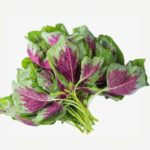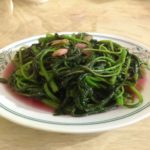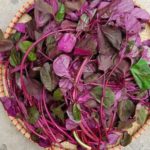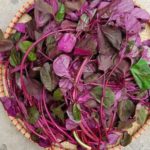Red Amaranth is a versatile ingredient, a familiar staple in many families’ daily meals due to its numerous health benefits. There are, in fact, several varieties of this vegetable, contrary to the popular belief that there is only one type. So, what are these varieties, and how do we cook them? Read on to find out and don’t forget to take notes!
By observing the color and knowing the following characteristics, you can easily identify the different types of amaranth:
1. Red Amaranth
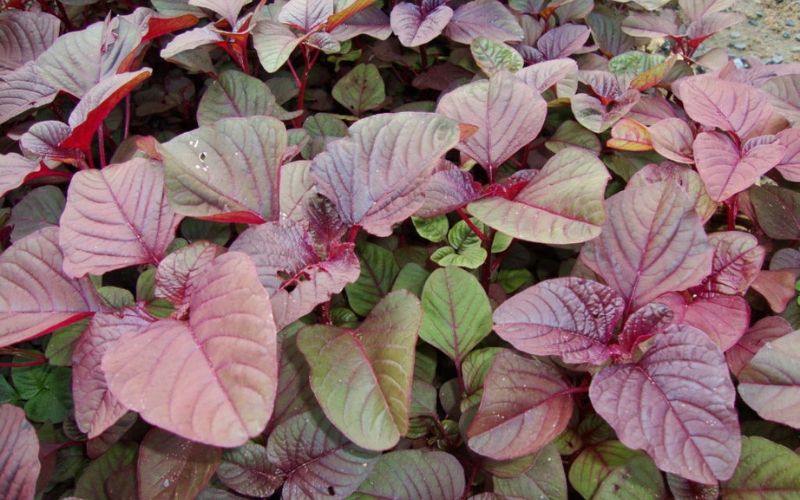
Red Amaranth has small leaves, about the size of two fingers put together, and both its stems and leaves are deep red in color. When cooked, it releases a vibrant red pigment. This variety is often cultivated for its red beetroots, which share the same striking color.
This variety is packed with tannins, alkaloids, and saponins, known for their blood-boosting properties, and effective in treating anemia, pallor, and dizziness. Additionally, red amaranth is a wonderful ingredient for creating colorful and nutritious soups.
2. Green Amaranth
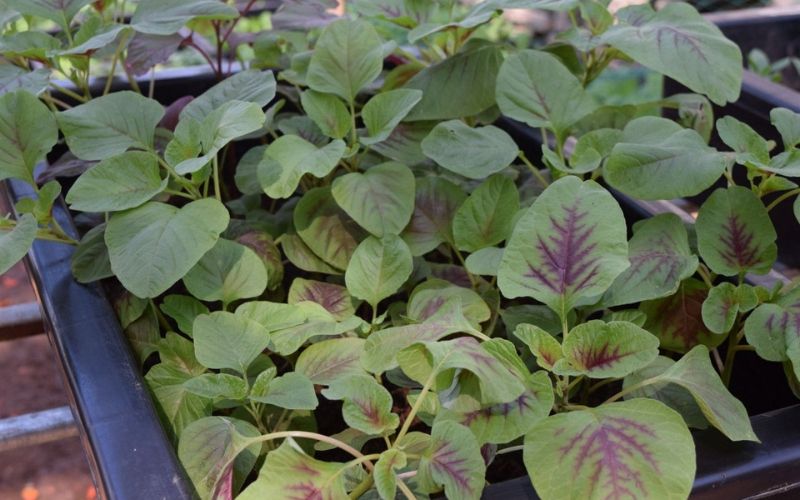
This is perhaps the most common type of amaranth, widely recognized and used. Within the green amaranth variety, there are two subtypes: grain amaranth and spiny amaranth. While you may not know them by name, you’ve likely seen them at vegetable stalls in supermarkets or local markets.
Grain Amaranth
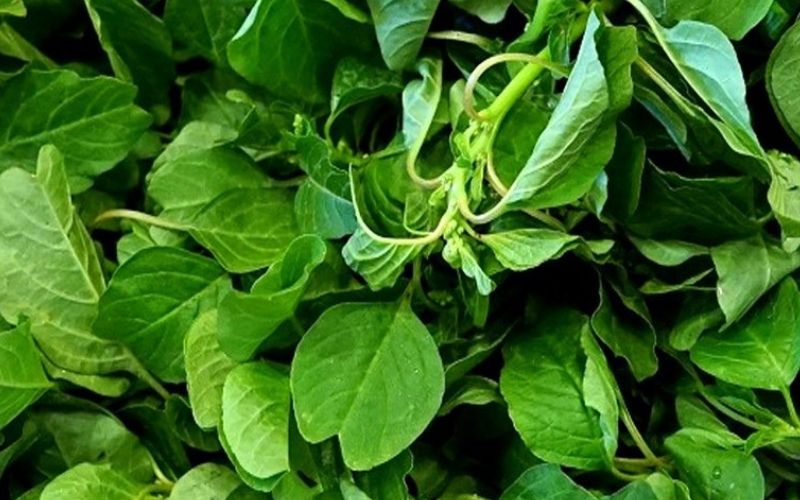
Grain amaranth is a small grass-like plant belonging to the amaranth family, commonly found growing in various places. Like other amaranth varieties, grain amaranth is packed with essential nutrients, and it’s particularly effective in preventing diabetes, kidney stones, and skin irritations.
Spiny Amaranth

Spiny amaranth, also known as wild amaranth, is a flowering plant in the amaranth family. It contains essential compounds such as fiber, zinc, iron, and various vitamins, which are beneficial in treating diabetes, cough with phlegm, and indigestion.
The young leaves and shoots are typically used for cooking, as they are the tastiest parts of the plant. The roots and stems, on the other hand, are often used for medicinal purposes. With its mild sweetness and gentle nature, spiny amaranth is commonly used in soups, stir-fries, and boiled dishes.
3. Delicious Amaranth Dishes

With a simple recipe, this soup combines the freshness of amaranth with the sweetness of dried shrimp, resulting in a familiar yet unique and delightful dish.
Amaranth Soup with Shrimp-Stuffed Pork Rolls

The combination of pork, with its mix of lean and fatty meat, and the sweetness of shrimp, creates a delicious and nutritious amaranth soup.
Amaranth and Clam Soup
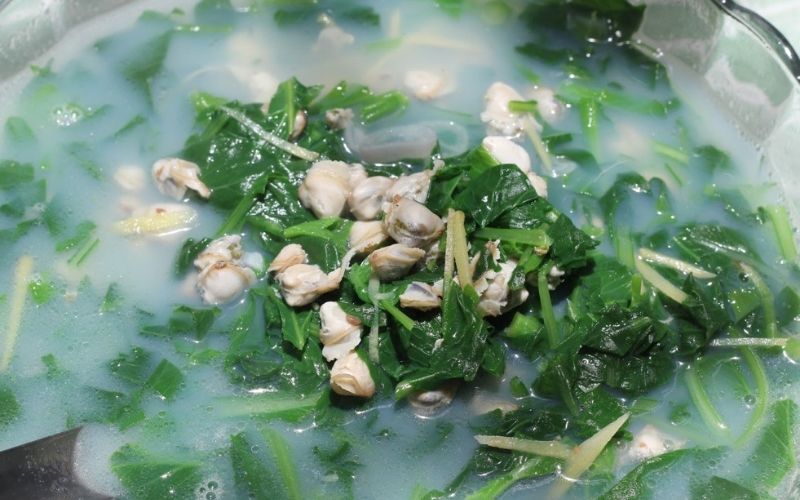
Clams contribute a sweet and refreshing taste to this soup when paired with the grain amaranth, making it an ideal dish for the hot summer days.
Amaranth and River Crab Soup

River crab is a familiar ingredient in winter soups, valued for its nutritional content and its sweet, slightly salty taste. To choose the best river crabs for your dish, you can refer to this article: [insert link or name of article].
Amaranth comes in multiple varieties, each with its unique flavors, aromas, and colors. However, they all share one thing in common—they are packed with essential nutrients that are vital for our bodies. So, be sure to include these delicious amaranth dishes in your daily menu to add variety and nutrition to your family’s meals.

























